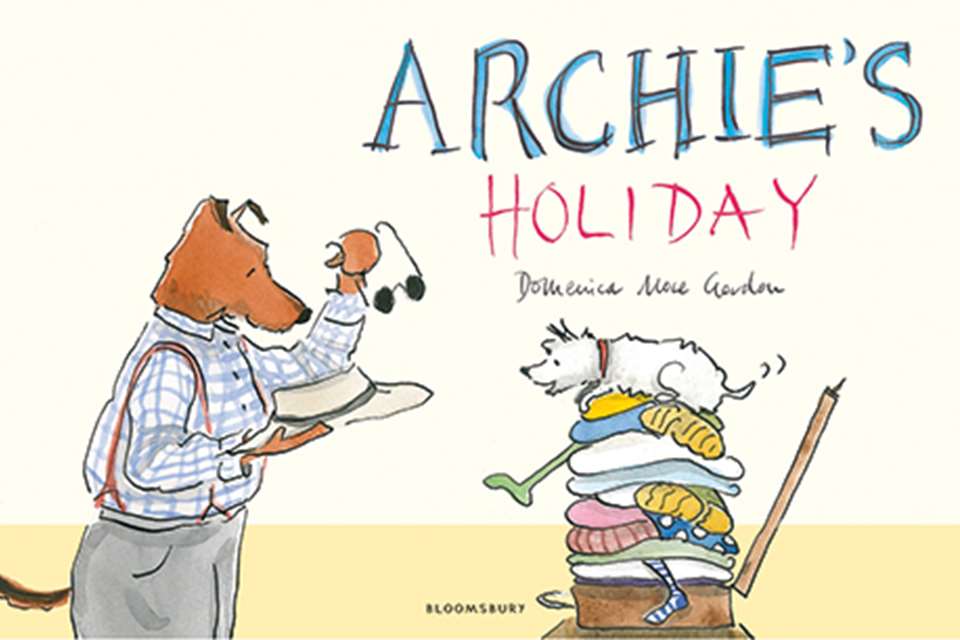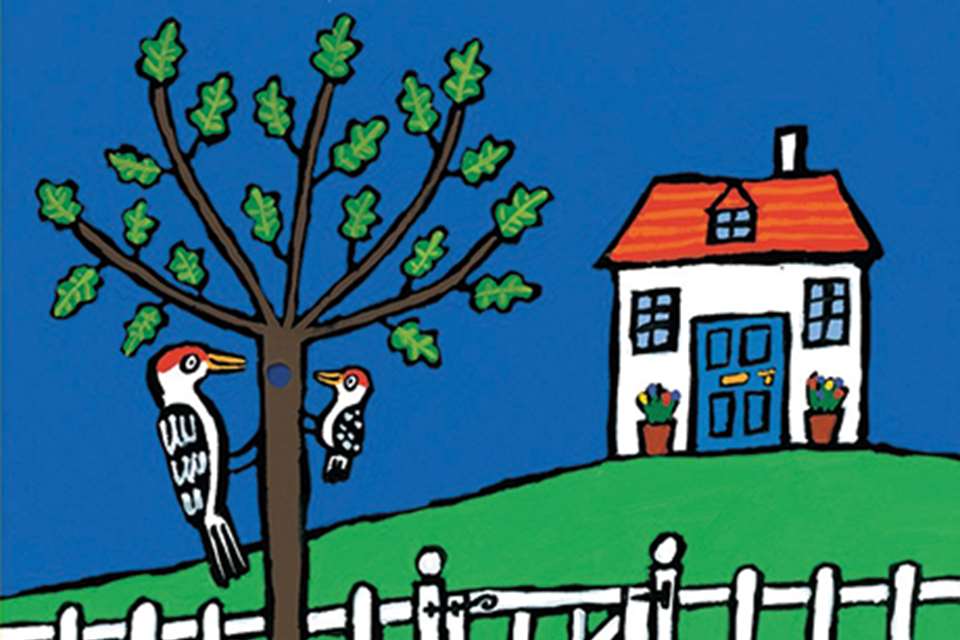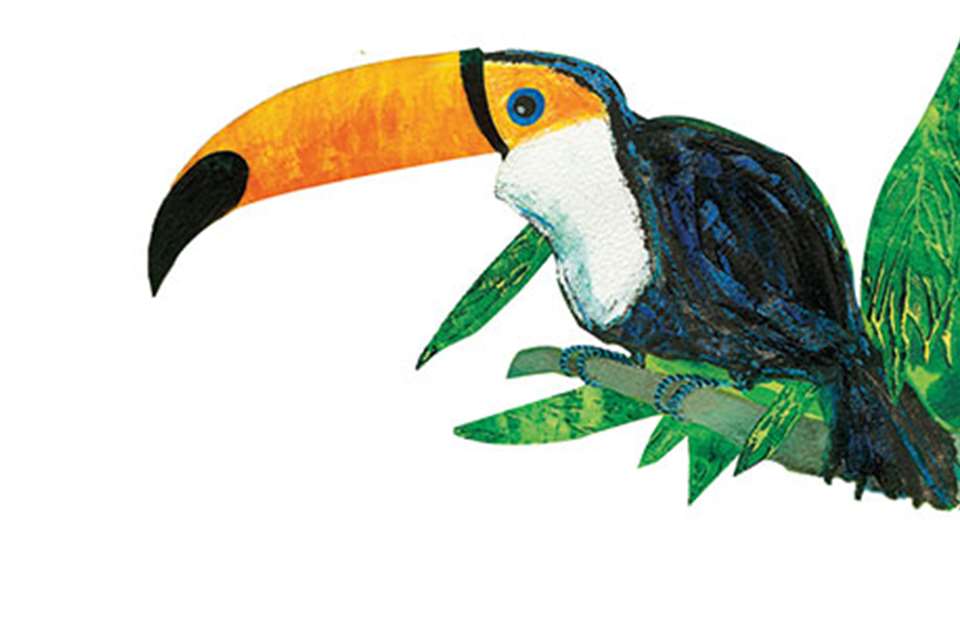EYFS Activities: Sharing books… Mouse House
Penny Tassoni
Monday, August 20, 2018
by John Burningham (Jonathan Cape, 2017)
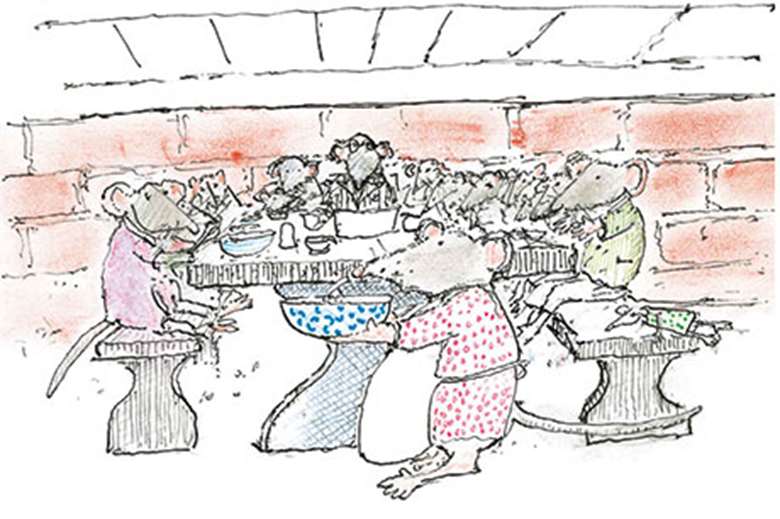
Download the PDF of this article
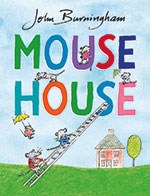 Mouse House is an interesting story by John Burningham, who has a great track record of creating picture books – and was this year awarded the BookTrust Lifetime Achievement Award.
Mouse House is an interesting story by John Burningham, who has a great track record of creating picture books – and was this year awarded the BookTrust Lifetime Achievement Award.
The story is about a human family who are unwittingly sharing their house with a large family of mice. All is well, until one day a child spots a mouse. The parents swing into action and phone for a mouse-catcher. The children, however, have different ideas and write a warning note to the mouse family.
There is a sad scene of the mice leaving the house with their suitcases. Later on the children see the mice children playing in the garden and start to make things for them. As the seasons change, the mice disappear, leaving the children disappointed. The story has a happy ending, though. The mice return and although once more are spotted by the boy, he says nothing.
A GOOD CHOICE
This is a book that will appeal to a wide age range. Two-year-olds will enjoy looking out for the mice and noticing how they play on the swings and trampolines that the children have made for them, but overall the book is perhaps best suited to children aged three to six.
Three- and four-year-olds are likely to enjoy seeing the mice in action and also the fruitless efforts of the mouse-catcher, while older children may also pick up on some of the more thought-provoking elements within the story, including the way that the two families are leading parallel lives and also how the mice become homeless.
SHARING THIS BOOK
Like many books, this is one that benefits from being read through at least twice. It is also worth sharing it with very small groups of children or even just a pair so that the children really can see the detail within the drawings. On the first reading, the children will enjoy the story, but are also likely to pick up on the beautiful illustrations of the mice, especially the pages where they are on the trampoline, swing and see-saw.
On the second reading, it is worth taking time to look at each of the illustrations as there is a lot of detail within them, including the pages where the mice are having supper together. Children may also be able to spot the same mice appearing on different pages.
With older children, you may also want to look carefully at the double-page spread where the mice have packed their bags and are leaving. There is one mouse wearing spectacles comforting a younger mouse. You may want to explore with some children what it might be like to pack up and move home.
SUPPORTING LEARNING
There are many ways to use this book to support different areas of children’s play and development:
Language
While each page only has a sentence or two of text, there are plenty of opportunities to help develop children’s vocabulary as some words are used that may be unfamiliar to them. These include ‘supper’ and ‘human’. Younger children can also see through the illustrations how the seasons and the weather are linked.
The understated nature of this book means that on second and third readings, children are increasingly likely to make comments and even ask questions such as, ‘Why didn’t the mice say “thank you” to the children?’
Personal, social and emotional development
This is a touching story that children can relate to because the mice are drawn with human characteristics and props. We can explore elements such as why the children were disappointed when the mice went, and whether it was right for the boy not to tell his parents that the mice had moved back in.
The book is also an opportunity to talk about homelessness and moving home. For children who are faced with moving regularly as they are in rented accommodation or who have moved country, this might be an opportunity to talk about their feelings and experiences.
Literacy
In the story, the children write to the mice. This letter can be used as a springboard for some literacy opportunities. Write a letter from the mice to the children you work with. You could hide it in the outdoor area or slip it into the book. This is likely to result in some children wanting to start up a new correspondence. You could even make a ‘mouse’ letter box.
Creativity
It will be worth finding some mice figurines or cuddly toys so that children can use them for small-world play. Some may copy the children in the book and create things for the mice to play with.
and finally…
Look out for a copy of Borka, probably Burningham’s most famous story and the book that the little boy in the story carries with him at bedtime.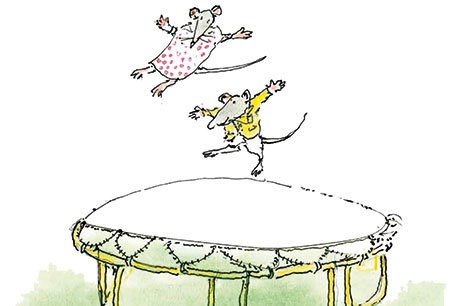
ABOUT THIS SERIES
Over the course of this monthly series on sharing books with children, Penny Tassoni will look at a range of fiction and non-fiction titles, from rhyming books for babies to picture books that adults and children can explore together.
MORE INFORMATION
For other related story ideas, search ‘mouse’and ‘Burningham’ at www.lovemybooks.co.uk


